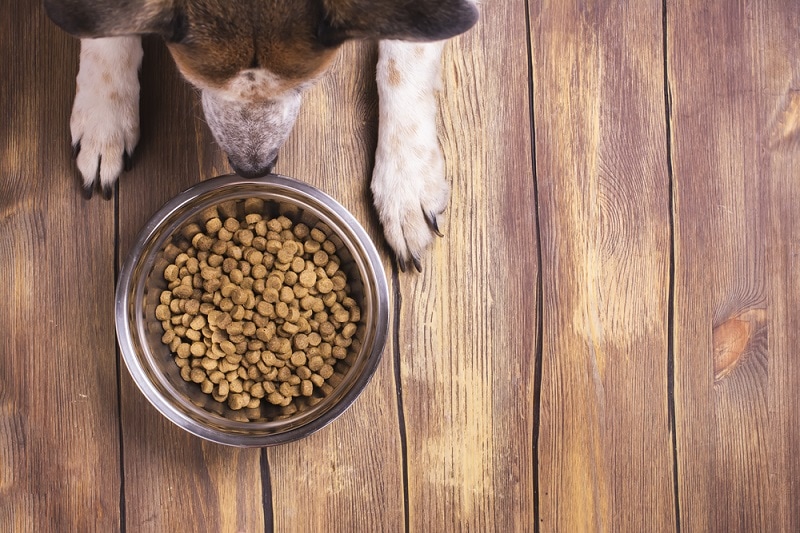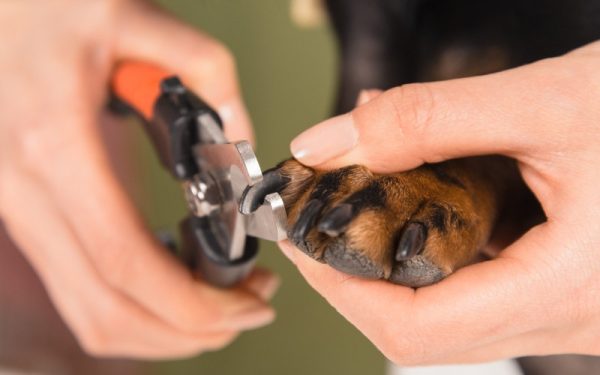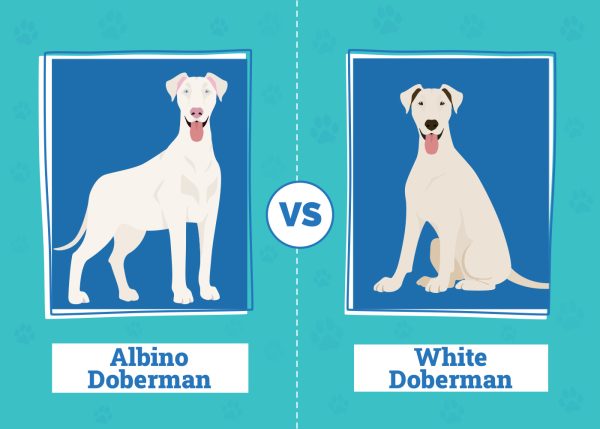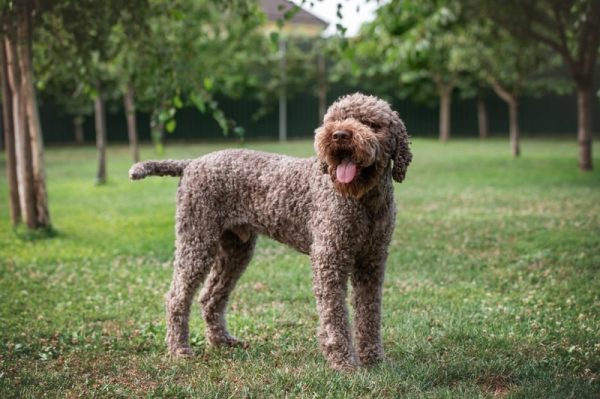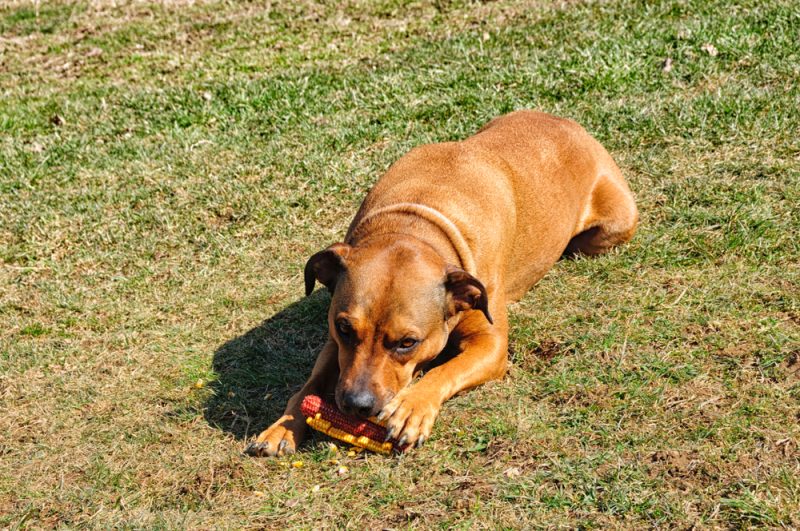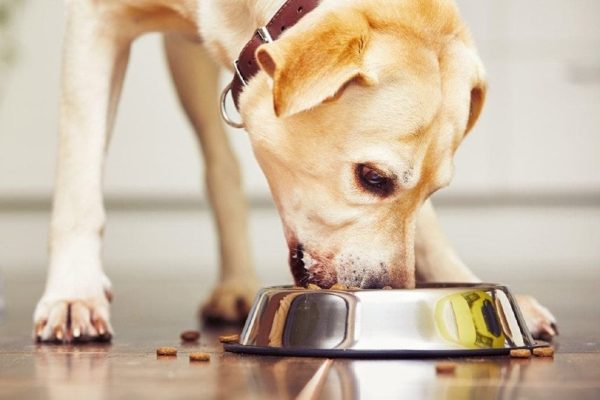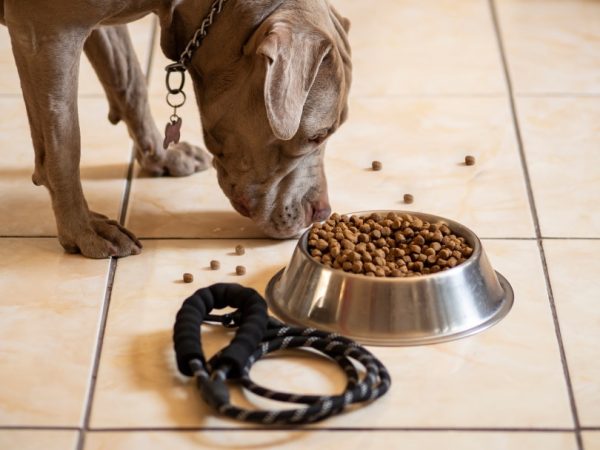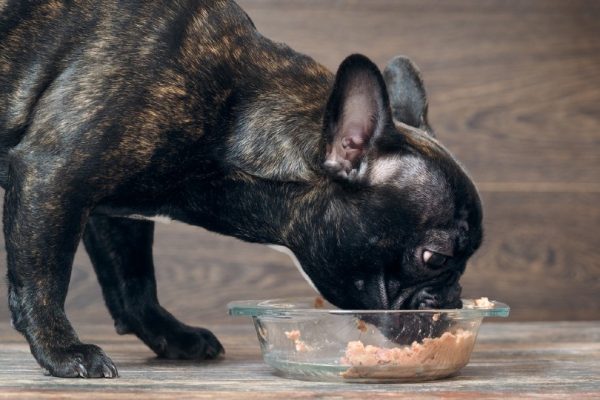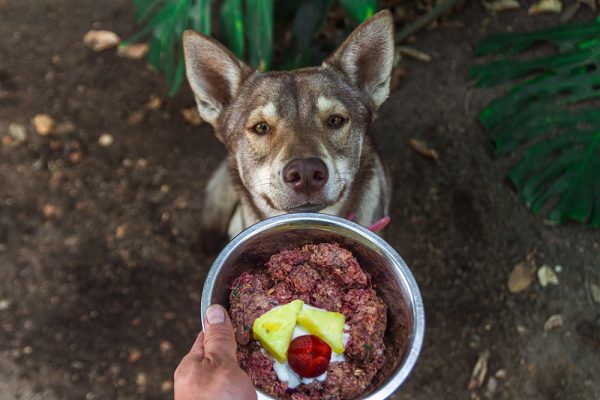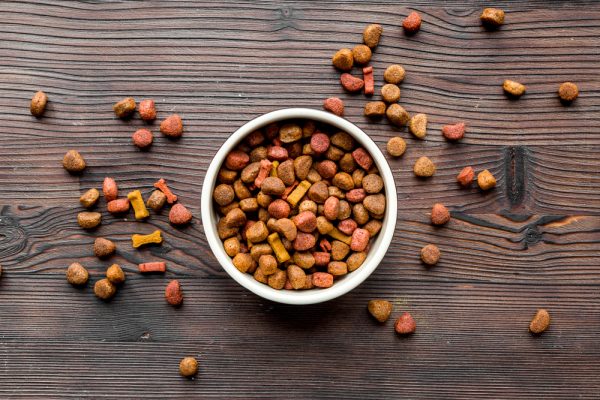In this article
You would be forgiven for thinking that dog food manufacturers would only use high-quality and healthy ingredients in their dog food. After all, helping ensure that dogs are healthy will keep owners and pets coming back for more.
While it is true that a lot of manufacturers do follow strict guidelines and use high-quality ingredients, there are some that still include less than beneficial ingredients. In some cases, you will even find harmful ingredients that should be avoided altogether. Two such ingredients that should be avoided are Butylated Hydroxytoluene and Butylated Hydroxyanisole, or BHT and BHA for short.
BHA and BHT are synthetic antioxidants. They were first used in the 1940s, with BHA hitting the pet food scene first, soon followed by BHT. In some respects, they can be compared to vitamin E. Vitamin E is an antioxidant and is used to keep food fresh, which is exactly the job of these two seemingly innocuous ingredients.
Not only are BHA and BHT found in dog and cat food, but they are also found in processed food for humans. Does this mean that they are safe? Let’s find out.

Antioxidants
BHA and BHT are antioxidants, and they were first devised as a safe, synthetic alternative to natural preservatives.
Antioxidants can be used as preservatives to slow down the oxidation process, preventing rancidity and extending the shelf life of food, cosmetics, and pharmaceuticals.
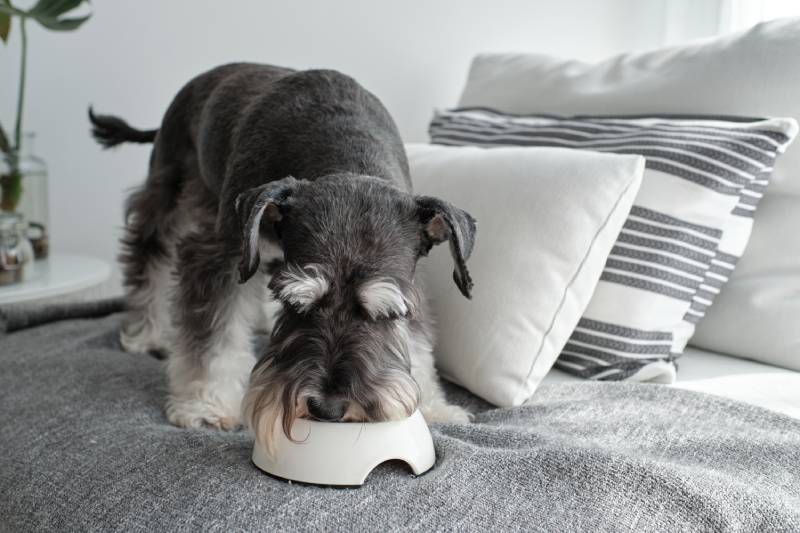
Because BHA and BHT are antioxidants, and lots of people are aware of the health benefits of natural antioxidants such as those contained in blueberries, it is easy to get confused and think they may be beneficial additives to food. However, these synthetic antioxidants are the complete opposite; while they may extend fat’s shelf life and prevent rancidity, they have been linked to cancer in canines, and thus, they aren’t a safe choice for our dogs.
Food Preservatives
Both compounds are used as food preservatives. As soon as you open your dog’s food, it is exposed to air. The oxygen causes the chemical composition of food ingredients to alter and break down. There are several ways to prevent this oxidation, including placing the food in an airtight container. This is why some commercial foods include a self-sealing bag so that you can keep the food fresh for longer and slow down its oxidation rate. Other solutions include adding oxygen scavengers or including food preservatives.
While preservatives function in various ways, BHA and BHT specifically act as antioxidant preservatives. These compounds help slow the oxidation of fats, similar to how sealing the bag prevents exposure to air and delays spoilage.
Food preservatives can be considered beneficial because they prolong the shelf life of food and ensure that it remains fresh and appealing.
FDA Statement: “Generally Recognized as Safe” (GRAS)
BHA and BHT are designated as being generally safe for use, albeit in limited quantities, in human food and for human consumption.
The GRAS status is based on either scientific evidence from published research or a long history of common use in food before 1958. The GRAS classification system continues to be debated, with some experts advocating for stricter oversight and reassessment of certain additives based on emerging scientific findings.


Not Everyone Agrees
Despite the FDA’s position, more and more groups and individuals are pointing to BHA and BHT as being potentially dangerous for consumption.
Studies have shown that BHA, in particular, is a possible carcinogen. In fact, the National Institute of Health has declared that it can be “reasonably anticipated to be a human carcinogen.”
The potential carcinogenicity of BHA and BHT has led to bans or restrictions in certain countries. For instance, both additives are banned in the European Union, the United Kingdom, and Japan due to their links to cancer and potential endocrine disruption
Cumulative Feeding
One of the biggest issues with feeding these products to our dogs is that we do so on a regular basis. The dog has no choice but to eat what we feed it, and we give food containing BHA and BHT two or three times a day, every day. The more exposure a dog has to these ingredients, the more likely that they will suffer some type of ill effects as a result, but we still continue to feed them.
Other Synthetic Preservatives
BHA and BHT are two of the worst offenders, but there are other synthetic preservatives that could be doing just as much cumulative damage to our dogs. Propylene glycol and artificial food colorings are some such ingredients.
Natural Preservative Alternatives
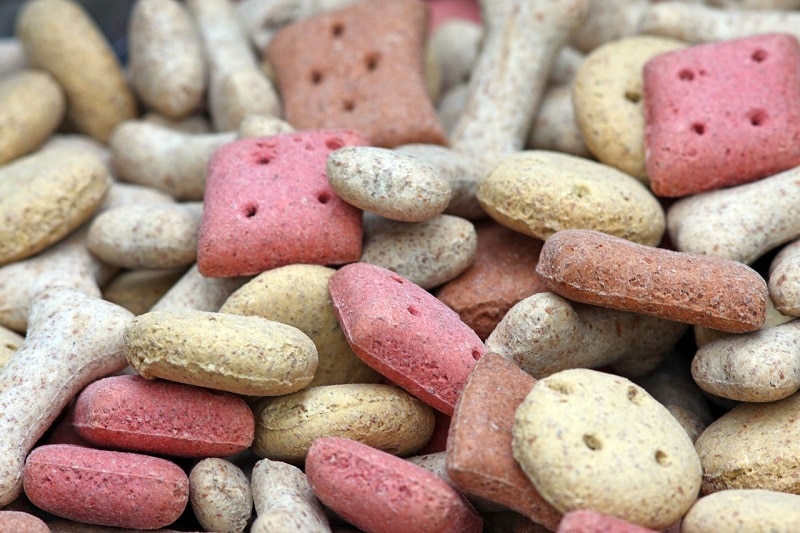
What makes the situation worse is how readily available natural preservatives are. Vitamin C and vitamin E are commonly used natural alternatives. Rosemary oil is another ingredient that enjoys the same positive effects without being dangerous for your best friend.
When looking for natural preservatives, they are rarely labeled as vitamin A or E. Look instead for the words “tocopherols” or “ascorbic acid” in the ingredient list. These are the chemical names for these ingredients and suggest the use of positive and natural ingredients, rather than synthetic and potentially harmful ones.

BHA And BHT Dog Food Ingredients
BHA and BHT have been used since the 1940s and 1950s. They have been added to human and pet foods and are a synthetic alternative to the likes of vitamin C and vitamin E antioxidant preservatives. These preservatives do slow the oxidation process, but both have been called out for potentially being carcinogens.
Look for tocopherols, rosemary oil, and ascorbic acid, rather than the synthetic equivalents. They may not be as effective as BHA or BHT, but they are healthier and carry fewer potential risks for your dogs.
Related reads:
- DL-Methionine for Dogs: Benefits, Uses & Side Effects
- Benefits of Venison in Dog Food
- Apple Cider Vinegar for Dogs
Featured Image: Ekaterina Markelova, Shutterstock

